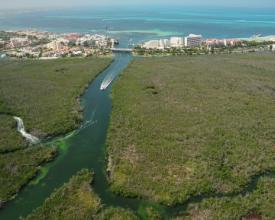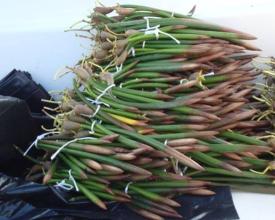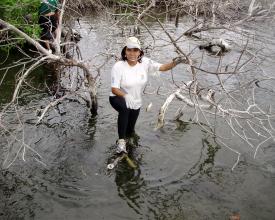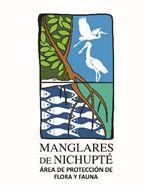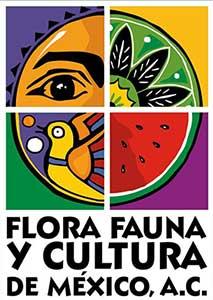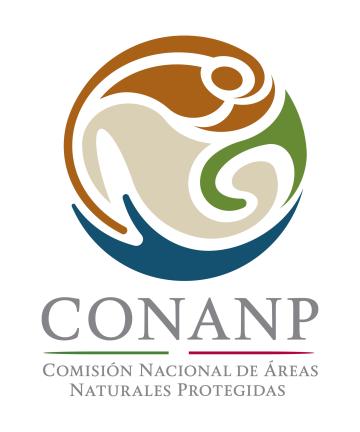
Restauration des écosystèmes de mangrove dégradés
Solution complète
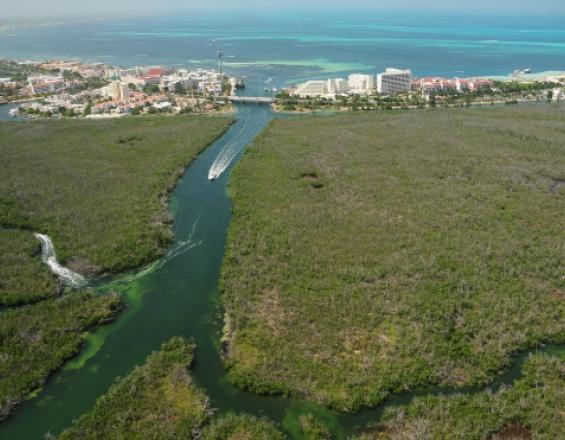
Les mangroves de Nichupté
CONABIO
Les peuplements de mangroves de la lagune de Nichupté ont été chroniquement stressés par la dégradation et la pollution associées au développement côtier et aux infrastructures touristiques, réduisant la résilience de l'écosystème de mangroves aux perturbations telles que l'ouragan Wilma qui a dégradé de vastes zones de mangroves ainsi que les formations récifales adjacentes. Pour soutenir le rétablissement de l'écosystème de mangrove, la Commission nationale des zones naturelles protégées (CONANP) a commencé à mettre en œuvre des activités de restauration et de conservation.
Dernière modification 08 Feb 2022
7596 Vues
Contexte
Défis à relever
perte de biodiversité et de services écosystémiques, dégradation et pollution, impacts des ouragans
Emplacement
Quintana Roo, Mexique
Amérique du Nord
Traiter
Résumé du processus
à confirmer
Blocs de construction
Détermination des facteurs de stress
Les experts déterminent le type et le degré de dégâts et identifient les causes de la disparition des mangroves, telles que les changements de température, la pollution de l'eau, les modifications hydrologiques et la sédimentation. Cela aide les décideurs à élaborer des plans de restauration et de reboisement spécifiques à chaque site.
Facteurs favorables
à confirmer
Leçon apprise
à confirmer
Engagement des parties prenantes
Un large éventail de parties prenantes est impliqué : les universités fournissent des données scientifiques de base, les organisations de la société civile apportent des fonds privés, les gouvernements facilitent les processus de mise en œuvre et d'évaluation et les communautés locales apportent leur contribution en menant des travaux sur le terrain.
Facteurs favorables
à confirmer
Leçon apprise
à confirmer
Diffusion et formation
Les résultats du programme de surveillance sont présentés aux communautés locales concernées et par le biais de canaux académiques. Les campagnes d'éducation à l'environnement sont axées sur les populations locales et s'adressent à des personnes ayant des niveaux d'éducation différents. Les informations sont partagées par le biais de présentations, de cours, de formations et d'ateliers.
Facteurs favorables
à confirmer
Leçon apprise
à confirmer
L'écotourisme de la mangrove
Dans les "visites de la jungle", les touristes sont guidés en bateau à travers les canaux de la forêt de mangroves. L'excursion comprend une éducation à l'environnement et permet aux visiteurs de découvrir l'interconnexion des écosystèmes adjacents tels que les mangroves et les récifs coralliens.
Facteurs favorables
à confirmer
Leçon apprise
à confirmer
Restauration et surveillance de la mangrove
Des mesures de restauration - notamment le reboisement des zones de mangrove dégradées avec des espèces indigènes, la restauration des conditions hydrologiques et l'élimination des espèces exotiques envahissantes - sont mises en œuvre et les effets de ces efforts font l'objet d'un suivi continu.
Facteurs favorables
à confirmer
Leçon apprise
à confirmer
Impacts
- Restauration de la couverture végétale et retour de la faune - Restauration de l'écosystème et des services environnementaux - Éducation environnementale et sensibilisation des membres de la communauté qui ont été impliqués dans le travail de terrain. Ce travail de terrain comprenait notamment la collecte et l'analyse conjointes d'informations sur les causes et les effets des espèces envahissantes dans l'écosystème. En voyant les problèmes environnementaux sur le terrain, les membres de la communauté ont fait l'expérience des impacts et de leurs effets, ce qui a favorisé un changement de mentalité dans leur comportement.
Bénéficiaires
les pêcheurs locaux et les opérateurs touristiques, ainsi que l'ensemble de la population locale, qui dépendent de la protection contre les catastrophes naturelles
Histoire
La restauration des zones de mangrove dégradées exige du personnel et un engagement professionnel. Travailler dans des conditions extrêmes, dans la boue, en essayant non seulement d'atteindre les objectifs techniques du projet, mais aussi d'inciter les autres à le faire, n'a pas été une tâche facile", déclare Teresa Patricia Santos Gonzáles, chef de service à l'Área de Protección de Flora y Fauna Manglares de Nichupté, "Les résultats, cependant, ont fait que nos efforts en valaient la peine. Les bases de données et les graphiques des résultats du suivi et des photos prises avant et après la phase de mise en œuvre du projet indiquent la reconstitution de la couverture de mangrove, ainsi que la survie et la croissance des individus reboisés, avec une survie moyenne de plus de 89 %, et le retour de la faune locale de la mangrove. Et je peux conclure que même si le travail sur le terrain a été difficile, je suis tombé amoureux de cet écosystème boueux".
